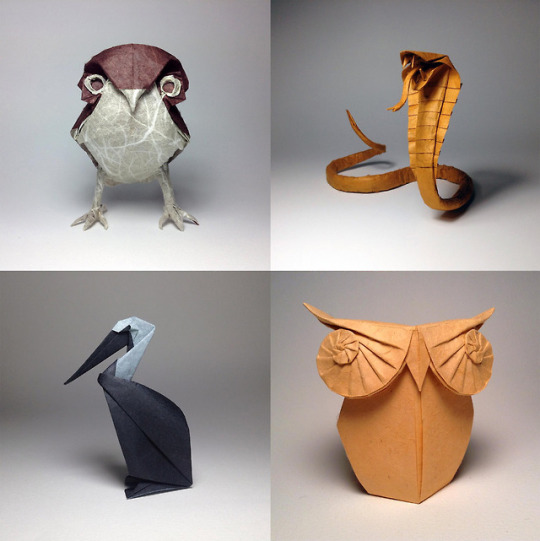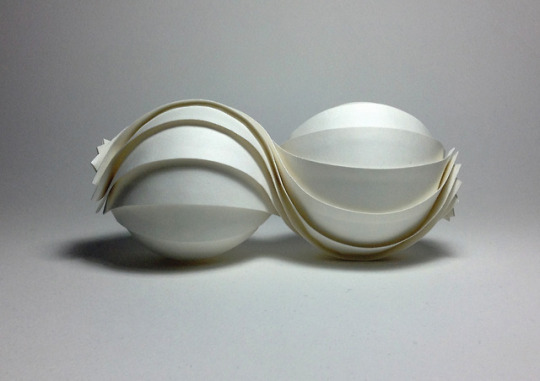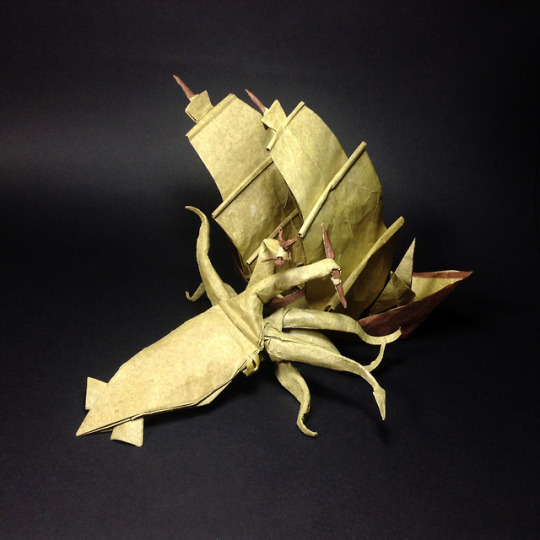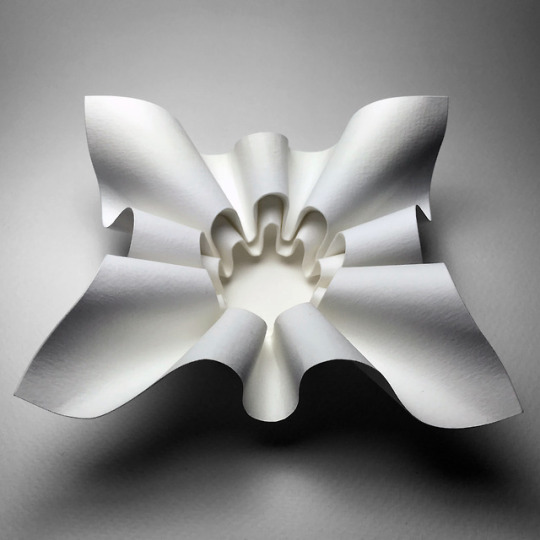Photo

Scientists have long wondered whether the schooling of fish is driven by hydrodynamic benefits, but the complexity of their environment makes unraveling this complex motion difficult. A recent study uses a different tactic, combining direct numerical simulation of the fluid dynamics with techniques from artificial intelligence and machine learning to build and train autonomous, smart swimmers.
The authors use a technique called deep reinforcement learning to train the swimmers. Essentially, the swimmer being trained is able to observe a few variables, like its relative position to the lead swimmer and what its own last several actions have been – similar to the observations a real fish could make. During training, the lead swimmer keeps a steady pace and position, and the follower, through trial and error, learns how to follow the leader in such a way that it maximizes its reward. That reward is set by the researchers; in this case, one set of fish was rewarded for keeping a set distance from their leader, one intended to keep them in a position that was usually beneficial hydrodynamically. Another set of fish was rewarded for finding the most energy-efficient method for following.
Once trained, the smart swimmers were set loose behind a leader able to make random decisions. Above you can see the efficiency-seeker chasing this leader. Impressively, even though this smart swimmer had the option to go it alone (and had never followed such a dynamic leader), it does an excellent job of keeping to the leader’s wake. Compare it with real swimmers and there’s a definite similarity in their behavior, which suggests the technique may be capturing some of an actual fish’s intuition. (Image and research credit: S. Verma et al., source; thanks to Mark W. for assistance)
481 notes
·
View notes
Photo


Mobula rays are second only to manta rays in size, and, unlike their larger cousins, relatively little is known about them. Like other rays, they propel themselves by flapping their large pectoral fins, and they generate thrust through hydrodynamic lift. They’re quite efficient swimmers, able to generate enough thrust to leap over 2 meters out of the water before flopping back into it. Why the mobula rays jump and why they seem to prefer belly-flopping is unclear. They may be using the slap and splash to communicate with one another. When aggregations of mobulas are observed from overhead, jumping seems to occur along the outside of the group. Maybe this is an effort to attract more mobulas to a group or a method of scaring prey into the midst of the hunting mobulas. In any case, it is spectacular to behold firsthand. (Image credit: BBC; source)
748 notes
·
View notes
Video
vimeo
On occasion in the late fall and early winter, the Grand Canyon can fill with clouds of fog. This occurs when a layer of warm air traps cold, moist air inside the canyon, creating what’s known as a temperature inversion. The trapped air’s moisture condenses into fog, creating the appearance of a cloud sea lapping at the canyon walls. Such inversions often proceed a big snowstorm, as shown in this video. (Video and image credit: H. Mehmedinovic / SKYGLOWPROJECT; via Gizmodo)

558 notes
·
View notes
Photo
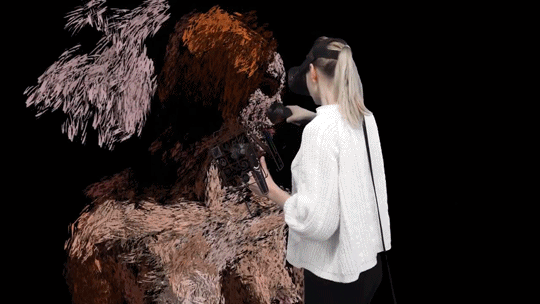

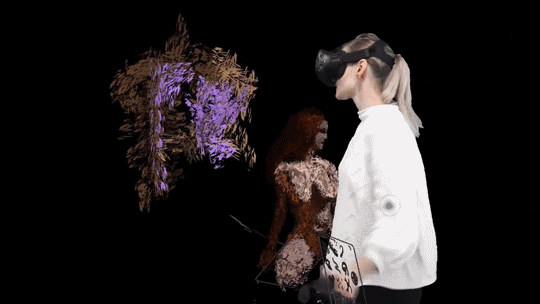
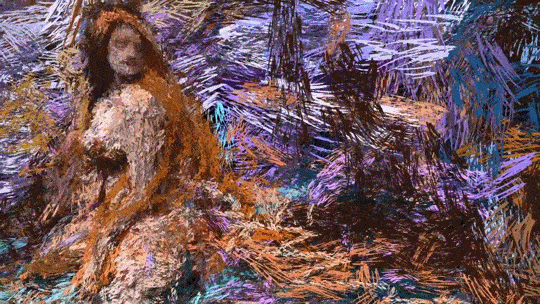
Strange backyard sale
VR Artist Anna Zhilyaeva shares her first creation made with Tiltbrush in 2018:
youtube
This is my first Tilt Brush painting of 2018. I tried to make her look good from every angle while keeping the painting style.
You can view Anna’s work on Google Poly here
Link
414 notes
·
View notes
Photo






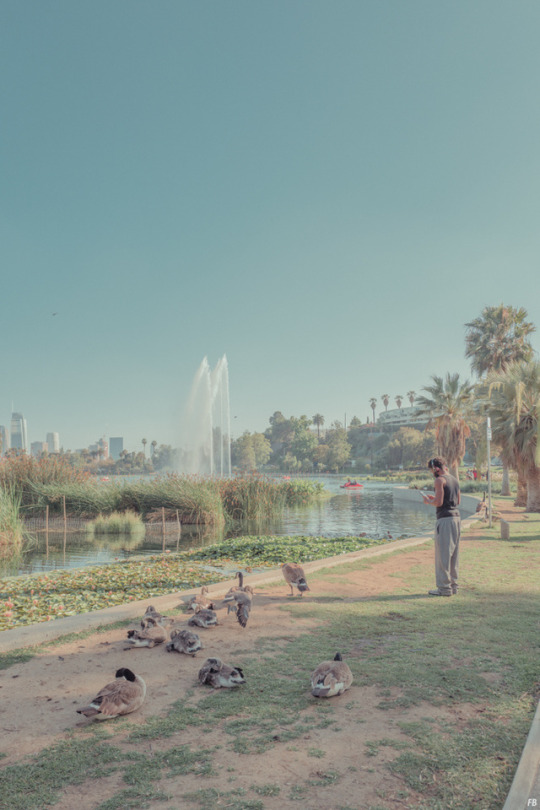



Angels
In the words of the artist Franck Bohbot:
“Almost everyone has some idea of what Los Angeles is, even if they’ve never been there. Home to Hollywood, the city churns out myth after American myth. Some see the city as a necessary part of a glamorous life — they migrate there to become stars. Others live ordinary lives and work ordinary jobs in this city of spectacle. And some see LA’s darker side — east coaster Jack Kerouac famously wrote that Los Angeles is “the loneliest and most brutal of American cities.” These photos highlight the oddly authentic beauty in this city of myth, however lonely and brutal, however packaged and commercial. Here, even the metallic glinting pole of exercise equipment along the shoreline, or a solitary streetlight in neon darkness, or a thrust of power lines cutting across the sky, captures something essential about the so-called “city of angels.””
7K notes
·
View notes
Photo
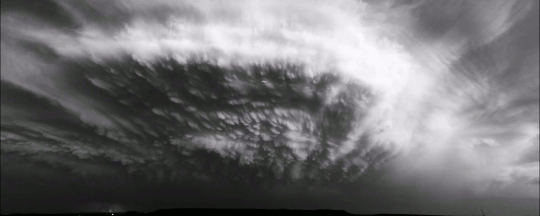

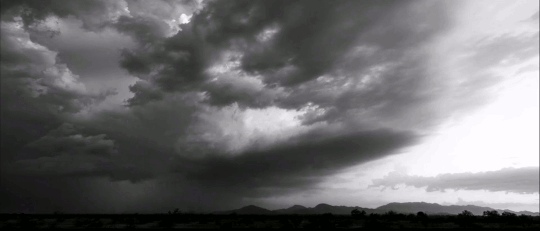
In black and white, the towering power of a thunderstorm looks almost apocalyptic. Photographer Mike Olbinski’s latest storm timelapse, “Breathe,” features roiling turbulence, distant downpours, and eerie mammatus clouds. Supercell thunderstorms churn and rotate over empty horizons. Billowing cumulus clouds condense from bright skies. Flashes of lightning reveal the outlines of massive thunderheads. It’s a beautiful glimpse of atmospheric fluid dynamics in action, with every texture magnified and enhanced by the stark black and white palette. (Video and image credit: M. Olbinski; via Gizmodo)
vimeo
299 notes
·
View notes
Photo

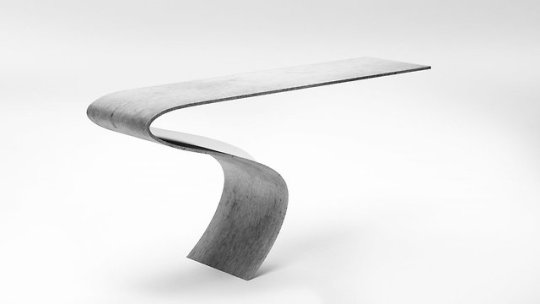
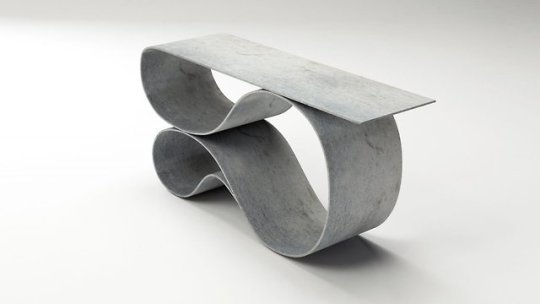
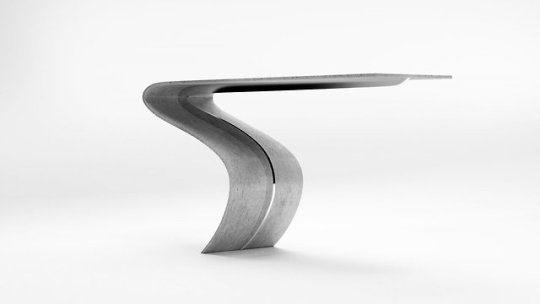



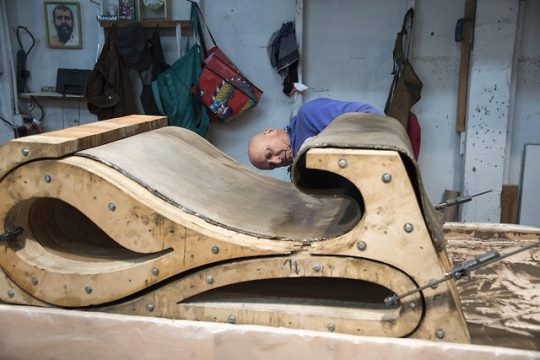


Neal Aronowitz’s Concrete Canvas Collection
Concrete Canvas is essentially concrete cloth on a roll – a revolutionary material offering endless design possibilities. Amongst those exploring such possibilities is Portland-based artist Neal Aronowitz, who has used the material to craft his ‘Concrete Canvas’ furniture collection.
2K notes
·
View notes
Video
youtube
“Balloons look really weird when they resonate.” – Steve Mould
15 notes
·
View notes
Photo
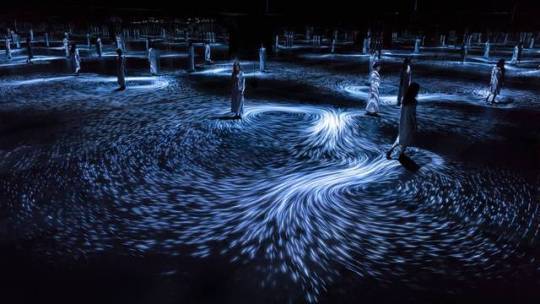
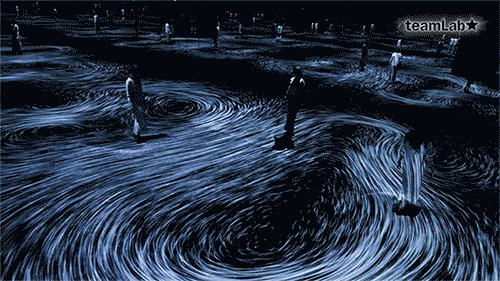
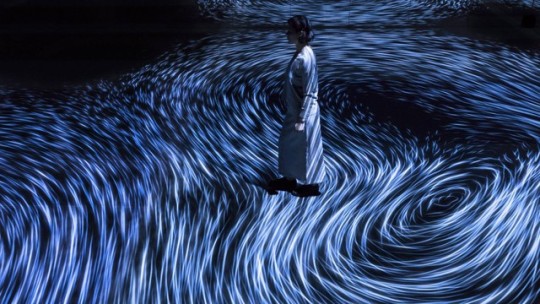
A new interactive installation by the Japanese art collective teamLab uses the movement of visitors to drive vortex motion. Entitled “Moving Creates Vortices and Vortices Create Movement,” the installation uses projectors in a mirror room to create the sensation of an infinite, indoor ocean that’s constantly churned by the paths visitors take. In the absence of motion, the room slowly fades to darkness. The installation is currently in the National Gallery of Victoria in Melbourne, Australia, and will be open until April 15th, 2018. (Image credit: teamLab; via Colossal; submitted by jshoer)
P.S. - Winter Olympic coverage will start on Monday, February 12th! - Nicole
781 notes
·
View notes
Photo
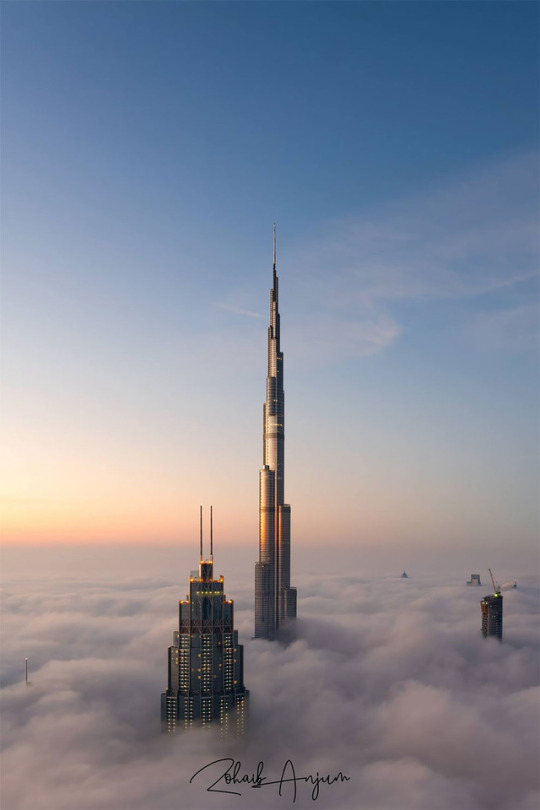
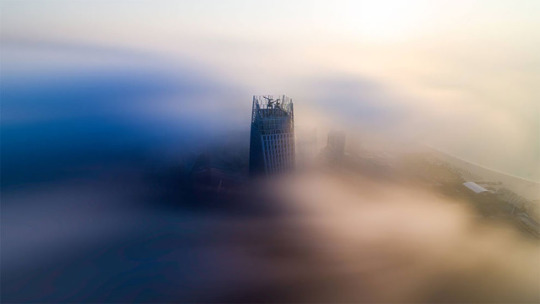
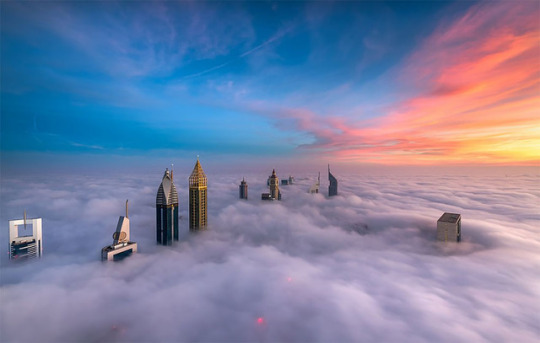
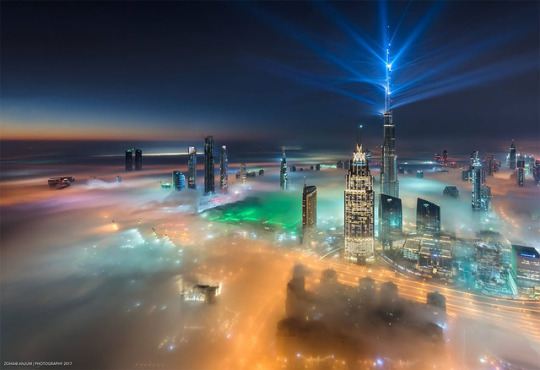
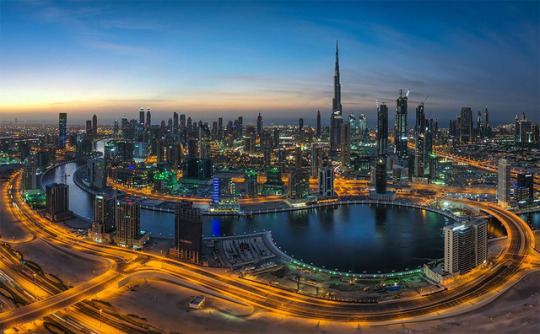

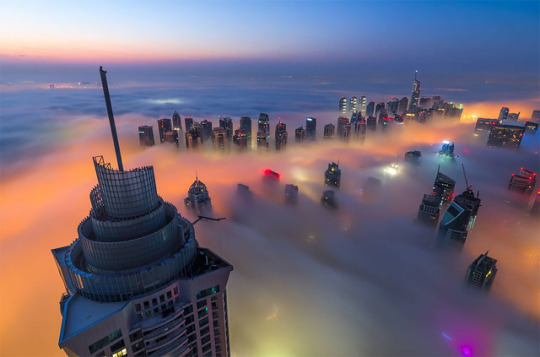


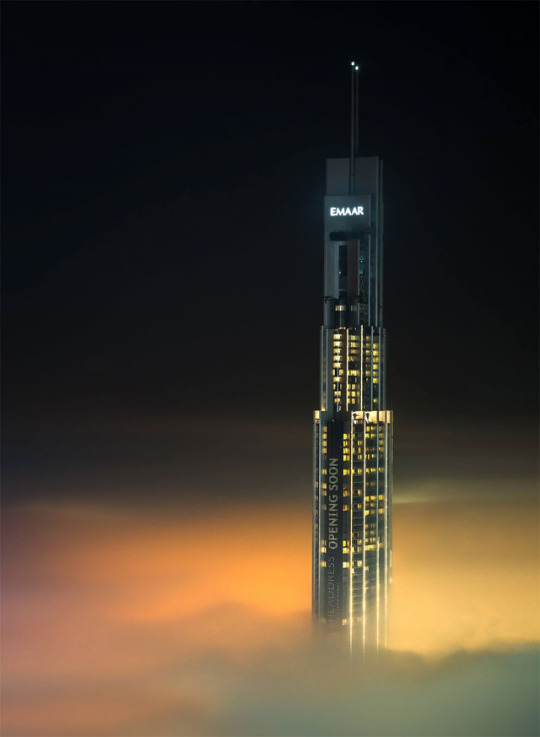
Zohaib Anjum
Zohaib Anjum, a real estate photographer took astonishing pictures of Dubai covered in clouds. In his photos, Dubai looks like a fairyland rising from a sea of fog.
3K notes
·
View notes
Photo

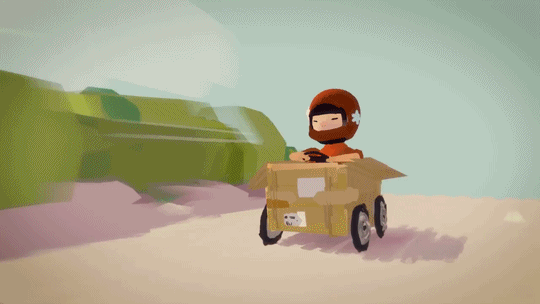

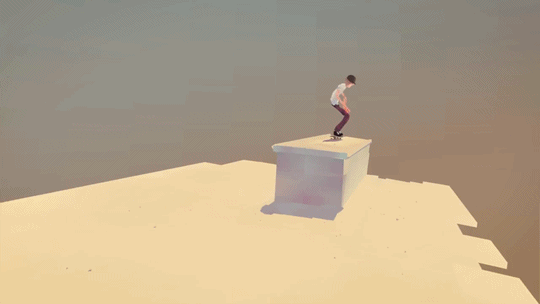
Quill - Paint and Animate in VR
Animator Goro Fujita has been sharing videos demonstrating new animation features for Facebook’s VR art tool Quill, producing decent results in relatively short amounts of time:
youtube
With the Quill animation update I found a tool where I could combine both of my skill sets, illustration and animation, in an intuitive way. All the technical barriers I would have with the traditional 3D approach such as rigging, surfacing, lighting and rendering are now gone. I can skip all those steps and just focus on the part of creation.
youtube
This one took me 1h30min from start to finish.
youtube
One thing I love doing is to animate these endless loops that don’t feel like endless loops. I did it with gif animations and now Quill enables me to do these in VR. So fun!
More videos at Goro’s YouTube channel here. More about Quill here.
416 notes
·
View notes
Photo




The Blinged-Out Work Trucks of Japan Photographed by Todd Antony
1K notes
·
View notes
Photo


Skeleton, the sliding event in which athletes race down an ice track head first, is a fast-paced and punishing sport. Skeleton racers can reach speeds of 125 kph (~80 mph) during their descents. This is a little slower than the feet-first luge, in part because the skeleton sled runs on circular bars rather than sharp runners.
Body positioning is key in the sport. It’s the athlete’s primary method of steering, and it controls how much drag slows them down. But skeleton runs are brutally taxing; athletes pull 4 or 5g in the turns – more than astronauts experience during a launch! All that jostling means athletes cannot stand more than about 3 trips down the track in a day. To practice positioning without the bone-jarring descent, athletes can work in a wind tunnel. While the wind tunnel provides the aerodynamic equivalent of their usual speed, athletes focus on holding their bodies in the most streamlined position. Some wind tunnels are even able to provide screens that let the athletes see their drag values in real-time, letting them adjust to learn what works best for them. (Image credit: N. Pisarenko/AP, Bromley Sports)
328 notes
·
View notes
Photo

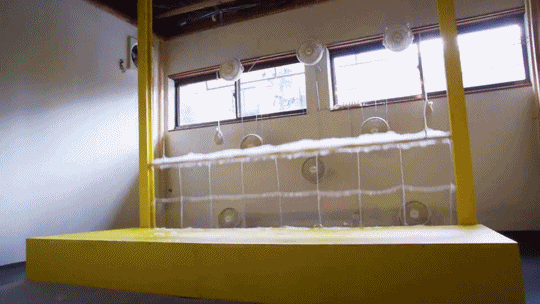

Projection Wall
Installation by Rintaro Hara is a larger scale bubble making machine where participants create ephemeral floating sculptures:
vimeo
More Here
253 notes
·
View notes

